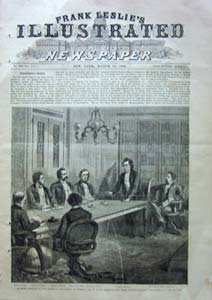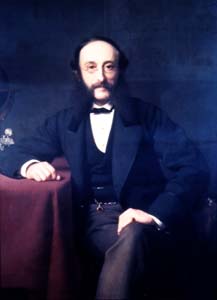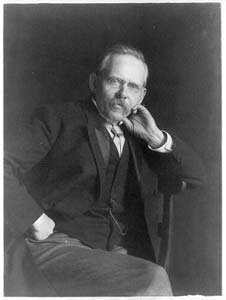1588 – British navy defeats the Spanish armada, which signals a shift in European economic power.
1700s – British newspapers begin publishing advertisements for merchants.

1700s – Newspapers in both England and the American colonies run information about ships entering and leaving ports and their cargos.
1750s – First “price current” appears. These newspapers list the prices of goods available in a town or city.
1776-1783 – Revolutionary War.
1791 – First American factory opens.

1793 – The New-Hampden Journal, also known as the Farmers’ Weekly Museum, begins publishing. It is the first U.S. business paper.
1827 – Journal of Commerce founded in New York.
1827 – Journeyman Mechanics’ Almanac begins publishing in Philadelphia. It is considered the first labor newspaper in the United States.
1843 – Scottish hat maker James Wilson founds The Economist newspaper in England to fight the Corn Laws and promote free trade.

1849 – Julius Reuter founds business news service in Europe.
1858 – Frank Leslie’s Illustrated Newspaper uncovers problems in the milk business.
1861-1865 – The U.S. Civil War.
1861 – Intercontinental telegraph line is completed, improving speed of news.
1870 – Thomas Edison introduces improved stock ticker machine.

1876 – Alexander Graham Bell invents the telephone, which will eventually improve the speed at which news is delivered.
1883 – Dow, Jones and Bergstresser begin publishing a business newspaper called Customers’ Afternoon Letter.
1883 – John Swinton, managing editor of the New York Sun, starts John Swinton’s Paper, which advocates for the rights of workers and becomes one of the biggest followers of the labor movement.

1887-89 – General Electric and Westinghouse hire publicity agents to promote their businesses.
1889 – The Wall Street Journal begins publishing.
1890 – Jacob Riis publishes “How the other half lives,” a book that exposes poor conditions in housing complexes in New York.
1892 – Editor of The Ladies’ Home Journal announces that the publication will no longer accept advertising from patent medicine companies.